I love Twitter. I use it to read news, connect with fellow entrepreneurs and curate lists of tools I may need in the future.
But usually, I can't stay on for more than 10 minutes because it's just incredibly crowded. Twitter has 67 million users in the U.S. 500 million tweets are sent per day.
Most of the time, brands are just yelling into the void. To get your content seen and be really effective on Twitter, you have to post multiple times per day. Some studies recommend anywhere from 8 to 20+ tweets a day.
That's an incredible amount of content to produce or curate just to have your brand seen.
To really do it right, that means scheduling content in bulk to ensure tweets are sent out during optimal points throughout the day. It's a significant time investment -- and that's just for the content piece.
Once you've scheduled that content, does that mean followers will come flocking? Website traffic will skyrocket? Unfortunately not.
Think about it. Aside from customer service, you likely don't see most of the people you follow on Twitter favoriting, retweeting or replying on tweets from brands. I certainly don't.
Just look at the engagement on a brand profile with 100,000 followers, and you'll see exactly what I mean. And they're probably tweeting 20x a day.
Of course there are exceptions, like well-established brands who have done a great job of already cultivating a community by providing value. There are also news and content sites, which thrive on Twitter. Keep in mind, many of these profiles have been tweeting actively for 5+ years.
For a new brand, it will take a massive amount of time to engage with your target audience, build a following and cultivate a community among all the noise.
I've managed dozens of Twitter profiles for brands, a few of which were started from scratch. Even after testing different strategies, it's almost always the same story: minimal website traffic, even with high engagement and reach. I managed a water conservation campaign that increased followers monthly. They had 10,000 followers and healthy engagement, yet the website traffic simply wasn't worth all the time it took to create, curate and schedule content just for Twitter.
And hey, maybe you're thinking, "Marissa just sucks at managing Twitter." That may be true, because I've never really had the bandwidth to manage a Twitter profile to the full extent most brands need to. There are other platforms that provide a much higher ROI, so my focus has always been what generates the most website traffic.
So if you're on the fence about starting or keeping your brand Twitter channel, here are some things to consider:
Do you have at least 5 hours a week to curate content, create branded graphics or curate images, schedule tweets, respond to replies/messages, and follow new people? Keep in mind that to really be effective, brands may need to spend 10-20+ hours a week on Twitter alone. Some brands even have full-time Twitter managers.
Do you have the resources for a tool that allows you to schedule content, monitor conversations, or identify potential sales opportunities? The least expensive tools, Buffer and Hootsuite, may work for a while, but have very limited functionality.
Are you producing enough content to drive people back to your website? If you only post one blog a month, does it make sense to only post curated content, leading people to other websites?
Do you need help with SEO? Twitter is good for SEO, if you keep it active. The trick is to have a keyword-rich profile bio and a decent amount of followers (~1,000+). You'll need to tweet at least once per day, link back to your website often and use a branded hashtag where it makes sense.
Twitter is a crucial customer service tool. If you anticipate many customers having complaints or feedback about your products/services, you likely need a presence on Twitter. Keep in mind that if your brand is on Twitter, anyone who tweets at you will expect a response within one hour.
Do any of your employees have active Twitter presences? You'll need them to help amplify your content through retweets.
Still thinking about having a Twitter presence? Consider this.
People want to engage with other people, so make your staff your brand advocates. It's more authentic if a person talks with you versus a brand, because most people think the brand has a sales agenda.
There are plenty of examples of CEOs, Marketing Directors and other employees who have substantially more followers than their own companies, and that's just the power of people wanting to connect with other people.
Whether or not your brand is on Twitter, it's one of the best places for social listening. You can glean insights about what people are saying about your industry/brand and identify influencers.
So even if you're not on Twitter, you can still utilize it without spending so much time trying to make it work for your company.
Do you have questions about how to use Twitter effectively? Drop me a line.


